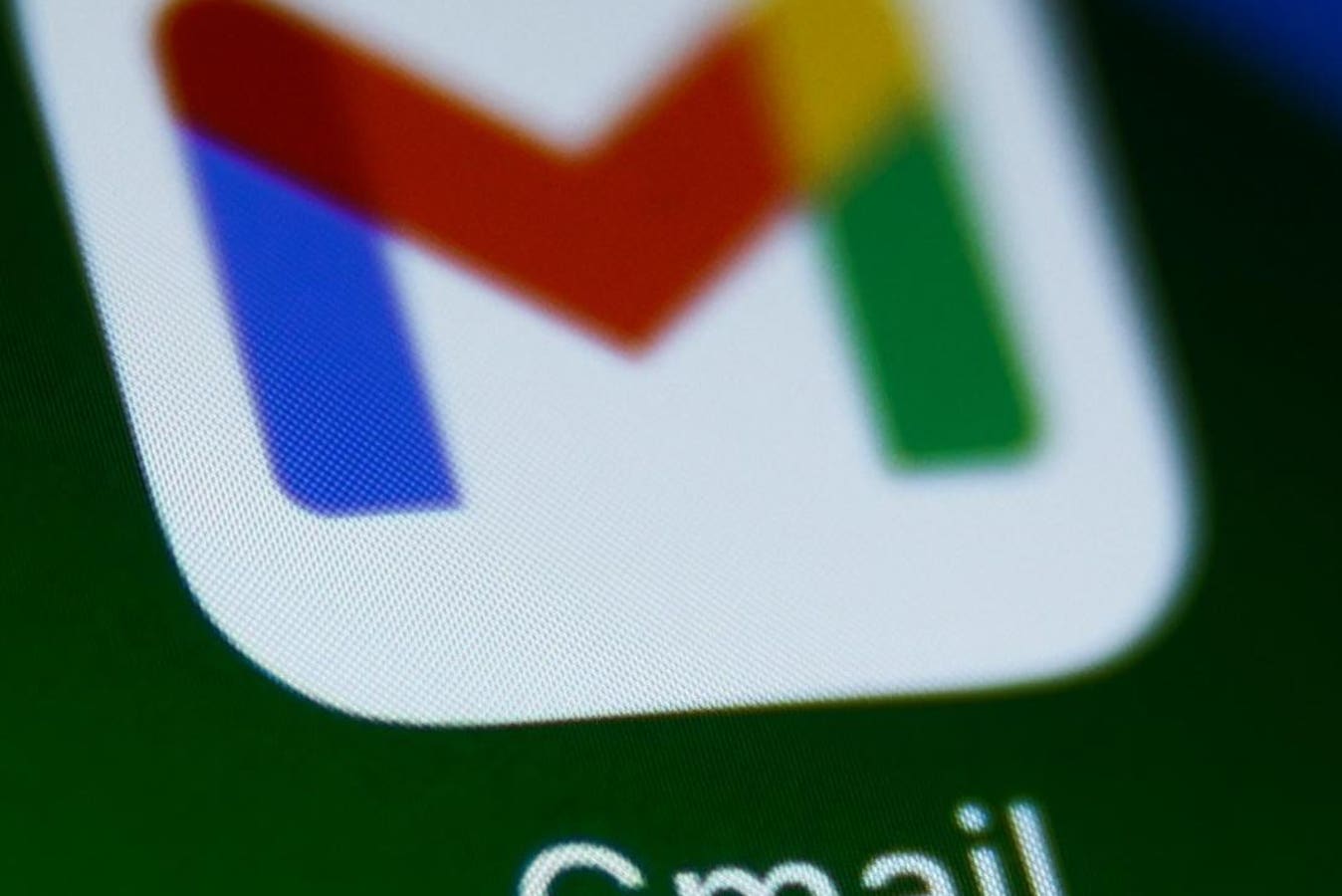How To Lead A Team That Leverages AI Tools While Encouraging Curiosity
getty
The pressure to keep up with AI can be overwhelming. You are expected to make decisions faster, learn new tools overnight, and still manage your day-to-day responsibilities. But most teams are still made up of people, not computers. And people need more than just data. They need direction and leaders who can think strategically with technology and lead emotionally with curiosity. Companies that excel will adopt the latest tools while building a culture that values exploration, reflection, and human connection. That means helping your team learn to work alongside AI while staying open to new ideas, questions, and ways of doing things.
Why Leading A Team That Leverages AI Tools And Encourages Curiosity Matters
getty
Why Leading A Team That Leverages AI Tools And Encourages Curiosity Matters
AI tools can help you analyze, summarize, automate, and even simulate, but they do not replace judgment. They do not know your team or understand nuance. When you rely too heavily on AI, you risk missing the human dynamics that drive real outcomes like motivation, trust, resistance, and curiosity.
Leveraging AI is powerful, but it is not complete. You need a mindset that is flexible and willing to challenge assumptions. That is where curiosity is critical. It helps you ask better questions, interpret what AI offers, and apply insights in a way that makes sense for your people.
How Curiosity Shapes Better Questions And Stronger Teams
getty
How Curiosity Shapes Better Questions And Stronger Teams
One of the best ways to make AI work for you is to know what to ask. Curiosity fuels that. People who ask thoughtful questions create more value in meetings, strategy sessions, and coaching conversations.
Instead of asking, “What’s the fastest way to get this done?” a curious leader asks, “What would success look like if we did this differently?” That shift in thinking sparks innovation. It also makes people feel heard. And in a world full of automation, making people feel heard is the most human advantage you have.
If you want to strengthen curiosity on your team, give people permission to ask questions in public. Invite them to pause when things feel rushed. Build moments into meetings for “What are we not seeing?” or “What assumptions are we making?” You are not encouraging doubt. You are making space for deeper thinking.
What It Looks Like To Lead With Curiosity In Real Work Moments
getty
What It Looks Like To Lead With Curiosity In Real Work Moments
You have probably been in a meeting where someone shuts down an idea too quickly. A curious leader might say, “What do you think would be the downside of moving away from that idea?” That question shows you are not attacking, you are exploring. It also gives the other person a chance to share what they are really thinking.
Or maybe someone on your team is resistant to using a new AI tool. Instead of saying, “This is the future, so you better get on board,” you might ask, “What’s making this idea feel uncomfortable for you?” That small shift in approach makes a big difference in adoption and morale.
Another example: someone gives a data-driven answer that misses the human element. You can ask, “What would this look like through the eyes of a new team member?” That one question turns a technical conversation into an inclusive one.
You can also use curiosity in one-on-one meetings. Try asking, “What’s one part of your job that feels more robotic than meaningful?” or “Where do you wish you had more freedom to explore?” These small, curious questions surface insights that help you shape both culture and productivity.
How To Create A Culture That Balances AI And Curiosity
getty
How To Create A Culture That Balances AI And Curiosity
You do not need to have all the answers. But you do need to make it normal for people to ask better questions. That means:
- Encouraging experimentation, even when it is messy
- Allowing time for people to explore new tools, not just use them
- Making space for conversations about what is working and what is not, including specific examples of AI tools that have succeeded or failed
- Modeling curiosity yourself: “I have not figured this out either, but I’d like to try.”
- Creating mini “learning labs” where teams test ideas with no expectation of perfection
- Rewarding thoughtful questions in performance reviews, not just outcomes
- Hosting reverse mentoring moments where junior team members explain how they would solve a challenge using AI
Leaders set the tone. If you are only rewarding speed, you will get efficiency. But if you also reward curiosity, you get growth.
How To Get Use Curiosity To Get Comfortable Leading Through Trial, Error, And Exploration
getty
How To Get Use Curiosity To Get Comfortable Leading Through Trial, Error, And Exploration
Many leaders were trained to have the answer. Today, it is more important to have the mindset to figure things out. That means being okay with saying, “I do not know yet.” When you admit that, it opens the door for team learning.
You can also normalize curiosity by sharing your own learning process. Say things like, “I was wrong about that tool. It works better than I expected,” or “I watched a video that gave me a new angle.” People follow your lead. If they see you learning, they will too.
Another helpful strategy: rotate team members into “exploration roles.” Every month, assign someone to try out a new AI tool, run a curiosity-building exercise, or collect good questions from the team to bring to the next meeting. It makes curiosity a shared experience and responsibility.
Why The Future Belongs To Leaders Who Leverage AI Tools And Encourage Curiosity
getty
Why The Future Belongs To Leaders Who Leverage AI Tools And Encourage Curiosity
It is easy to focus on what AI can do. The harder, more valuable question is: what can people do when they use AI well? When people feel like they can experiment without being judged, when they are invited to ask questions and explore possibilities, they do better work. And when they have tools that make them faster and mindsets that make them more thoughtful, you get the best of both worlds. Leading a team that leverages AI tools while encouraging curiosity is a skill set that will define the most successful leaders of the next decade. AI can help you go faster. Curiosity will help you go further.









